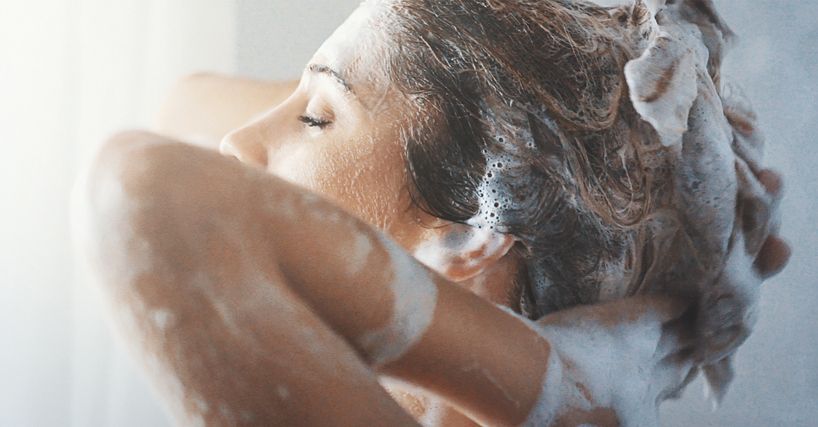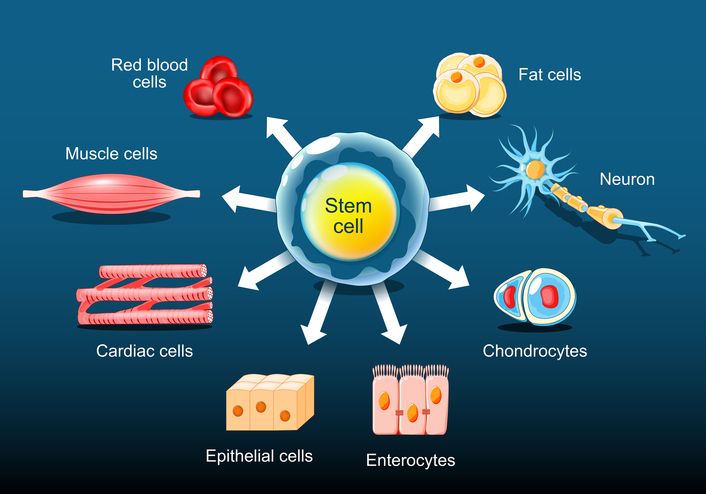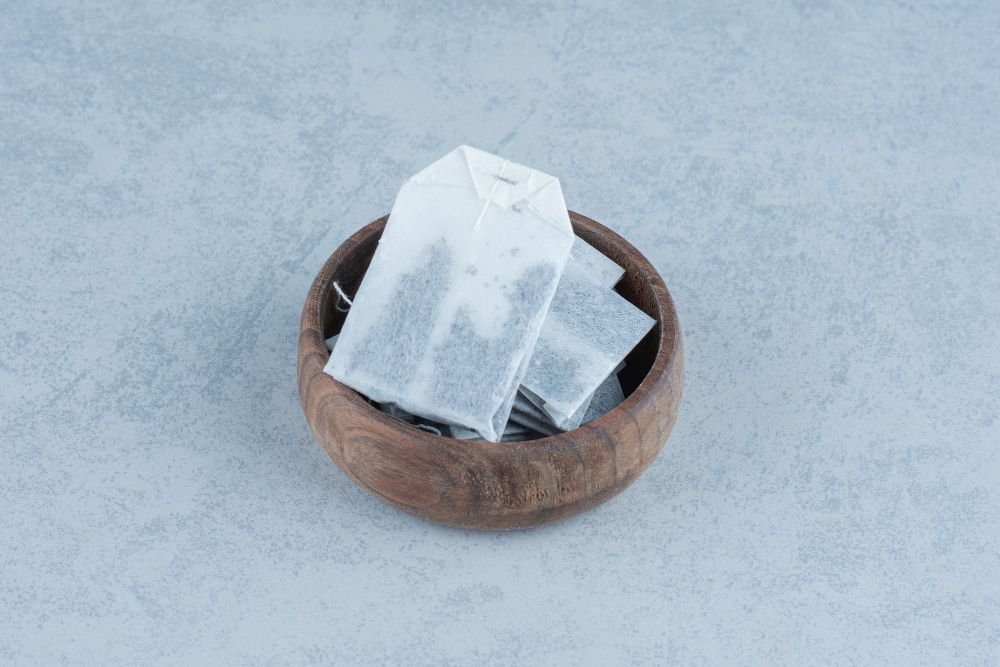
Book Now to Experience
IPL Hair Removal Treatment
1 Minute Self-Registration
Date should not be before minimal date
Author: Leila Tan|Updated: 23 July 2024
You aren't dealing with the unwanted facial hair issue on your own. To help you regain your sense of beauty and self-assurance, this guide discusses the several potential causes of unwanted hair as well as the various options for efficient and safe hair removal. Women of all ages and ethnic backgrounds may experience facial hair growth, so let's get into it.
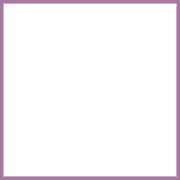
1
The Science Behind Your Upper Lip Facial Hair Growth

Men's facial hair has been a major physical characteristic for millennia. The science underpinning the growth of facial hair, which is typically linked with masculinity and maturity, is quite intricate and fascinating. After all, the science behind facial hair growth and the numerous elements that contribute comes down to these causes.
Genetics
Genetics is one of the key influences on facial hair growth. The quantity and density of facial hair are mostly regulated by a person's DNA. This explains why some men are able to grow a full beard in a matter of weeks while others struggle to grow even a few sparse hairs. Androgenic hormones, such as testosterone, also play a crucial influence in the development of facial hair. Testosterone is crucial for activating hair follicles to generate hair, and those with higher levels of this hormone are more likely to develop facial hair.
Age
In addition to genetics and hormones, age influences facial hair growth heavily. Some guys can develop a full beard throughout their teenage years, but others may not notice considerable growth until their mid-twenties. This is because facial hair follicles continue to develop and mature over time.
Diet
Diet is another element that can affect facial hair growth. A diet rich in essential elements, such as protein and vitamins, helps support healthy hair development. A bad diet, on the other hand, might result in stunted or sluggish hair growth, which can also affect the growth of facial hair.

2
Benefits of Removing Upper Lip Facial Hair
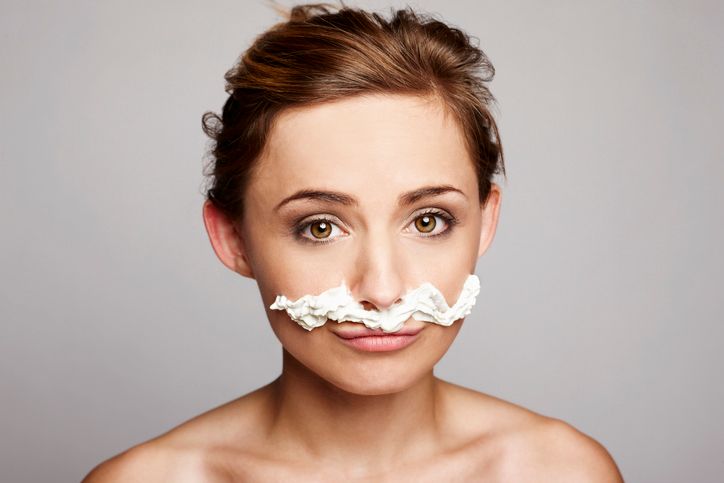
It's not just about how you appear when you get rid of your facial hair; in the long term, it's also beneficial for your skin.
Make your skin clearer
Dirt, oil, and dead skin cells get stuck in facial hair, making it easy for acne and other skin irritations to show up. When you remove hair often, your skin stays clean and clear, which makes it less likely that you'll get pimples.
Help skin care product works better
Getting rid of facial hair also helps skin care products work better and makes the skin softer. Say goodbye to facial hair's constant itching, irritation, and bumps, and hello to a smooth, healthy-looking face.
Help you avoid skin irritations, bumps and breakouts
Removing facial hair can help you avoid skin irritations, bumps, and breakouts that are caused by trapped dirt and bacteria. When the face is not cleaned properly after a shaving or waxing session, the remaining hairs can trap dirt and oil which can clog pores resulting in acne. Women with sensitive skin may also experience redness and irritation when using certain products or tools. Regularly removing hair can help reduce the chances of these common skin issues and keep your complexion looking smooth and clear.
Boost self-confidence
Having unwanted facial hair can be embarrassing and make you feel insecure about your appearance. Removing it can help boost your self-confidence and give you an extra dose of self-love and acceptance. By regularly removing facial hair, you can feel more confident in your appearance and be proud of the skin that you are in.
Read More

3
The Ultimate Battle: Shaving vs Waxing vs Threading vs Hair Removal Creams
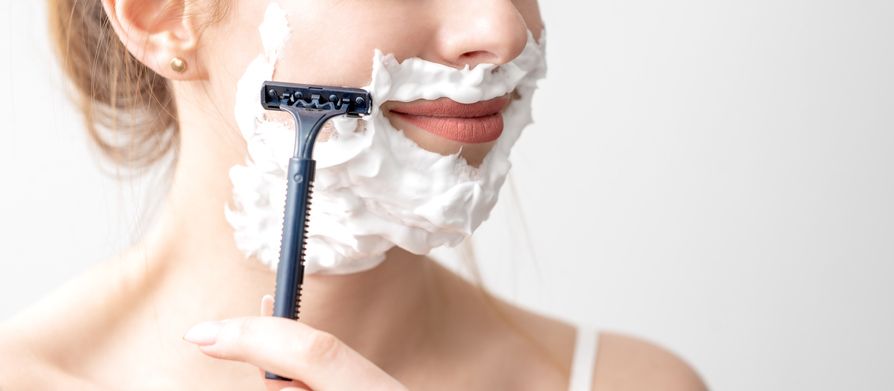
Knowing your skin type and the benefits and drawbacks of each technique is essential. There are several methods for removing unwanted hair, including shaving, waxing, and threading. There are benefits and drawbacks to every approach, let's look into it now.
Shaving
Generally speaking, females will shave their legs and underarms. and shaving one's face has recently gained popularity as a means of exfoliation and improvement of the texture of one's facial skin.
As you shave, your pores open up and allow your skin to better absorb whatever skincare products you use. Shaving your face typically leaves your skin feeling soft for a few weeks afterwards. In addition to preventing an ugly moustache above the lips, regular facial shaving is thought to exfoliate dead skin cells, leaving behind smoother skin.
Shaving may be an option to remove hair if your skin is greasy, but it doesn't last as long as the other two treatments and may not be as effective.
Threading
Threading, a centuries-old method for getting rid of face hair, use a thread made entirely of cotton. There are claims that India was the birthplace of this method of hair removal, which is now widely utilised across the globe. At each pass of the thread, a whole row of hair is removed.
Larger areas of the body are typically unsuccessful when threading is used. Those who suffer from severe, persistent acne should stay away from this because the thread stocks may exacerbate acne. Changes in skin colour are a possible side effect.
Waxing
Waxing is a common hair removal method that takes place in a salon setting. Hair removal via laser leaves skin feeling silky smooth and looking natural. Waxing is effective for removing hair from any part of the body, and it is most useful for removing huge swaths at once.
The effects of waxing might be temporary (lasting anywhere from 2 weeks to 6 weeks) to permanent (affecting all hair growth for a long period of time). On the other hand, it works better than any other methods like shaving, threading, bleaching, or shaving, especially on coarser hair or hair that grows back quickly.
Hair removal creams
The formulas of most hair removal creams are quite potent, but with the correct depilatory creams, you may get rid of hair nearly anywhere on your body. The face and the bikini line are two examples of areas that call for specific creams. If you use a depilatory cream to get rid of your hair, it will grow back swiftly.
Be cautious, though, as some hair removal creams can be irritating to the skin and even painful if used incorrectly, especially if applied to the face. An allergic reaction, burns, smells, skin discoloration, scars, ingrown hairs, folliculitis, eye irritation, and even poisoning if swallowed accidentally are among possible adverse effects.
Compared to threading, how long does waxing last?
As shaving is out of the facial hair removal game now, this is actually a really intriguing query. Both of these methods of hair removal are only temporary. However, threading can slow down hair growth for anywhere from a week to two weeks.
Waxing, on the other hand, produces benefits that endure for more than two weeks. Waxing is more effective in removing hair than threading. Threading is more painful than waxing because you can feel the yanking of individual hairs out.

4
Risks Involved with Facial Hair Removal At Home
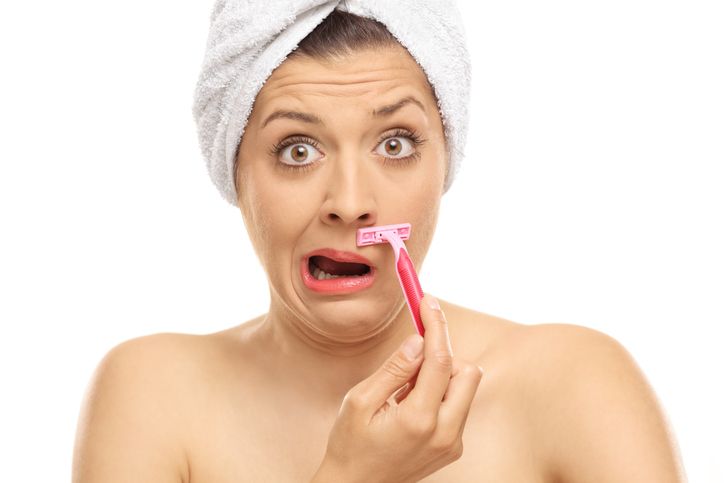
Some people may want to undertake the work themselves at home to cut costs, however experts are available for most of the above procedures. It's important to know the risks involved before utilising any facial hair removal products or tools. Facial hair removal can have these potential adverse effects:
Skin irritation
Waxing and threading can cause redness, pimples, and inflammation on sensitive skin. The usage of products containing harsh chemicals might also result in skin irritation.
Ingrown hairs
Improper facial hair removal can result in ingrown hairs, which, if left untreated, can become uncomfortable or infected. And worse, there are lot's of myth and misconceptions out there that might affect your decision before you choose a long term facial hair removal method.

Book Now to Experience
IPL Hair Removal Treatment
1 Minute Self-Registration
Date should not be before minimal date

5
Myths and Misconceptions About Facial Hair Removal

There are many common misunderstandings about how effective face hair removal methods really are. It's confusing to know what to believe about hair removal methods, what with the widespread notion that shaving causes hair to grow back thicker and the widespread belief that waxing is the only way to remove hair permanently.
Myth 1: It takes more time for hair to grow back after shaving
People often believe the notion that shaving will cause their facial hair to grow back fuller. That, however, is not the case. Only the outermost layer of hair is removed when shaving, so it does not harm the follicle. Due to the blunt end of the regrowing hair, the hair may appear thicker at first, but this is only a transient effect.
Myth No. 2: Waxing is the only sustaining hair removal method
The idea that waxing is the sole way to permanently remove facial hair is another common misconception. Waxing is a great technique to keep hair from growing back for a while, but it's not a permanent solution. No method of hair removal is completely permanent because hair will always grow back.
Myth 3: If you cut your hair, it will stop growing.
There's a school of thought that says if you pluck a hair, it will never grow back. But that's not how it works at all. If you pluck a hair out, you'll get rid of the individual strand, but you won't harm the follicle or impede further hair growth.
Myth 4: Laser Hair Removal Is Excruciating
A common misconception about laser hair removal is that it hurts. Some patients may feel some discomfort during the operation, but most find it to be relatively painless. According to numerous accounts, the feeling is very much like that of a rubber band snapping against the skin..

6
Tips to Reduce Facial Hair Growth – Discover Various Methods to Reduce Unwanted Facial Hair
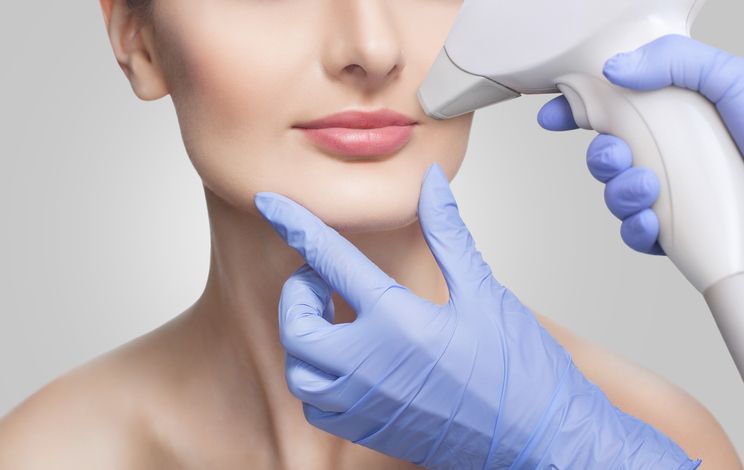
Facial hair growth can be a frustrating experience for those who wish to maintain a hair-free face. Luckily, there are several methods to reduce the presence of unwanted hair.
Natural remedies
Explore natural ingredients that help reduce and remove facial hair may reduce your the pain of your facial hair removal journey. If you're tired of waxing, shaving, or plucking your facial hair all the time, you might want to try some natural remedies instead.
Natural ingredients are not only gentler on the skin, but they can also help ease the pain and discomfort that often come with shaving. Papaya and turmeric are two well-known remedies. Both of these foods have natural enzymes that can break down hair follicles and stop hair growth. Sugar wax is another common cure. It is made by mixing sugar, water, and lemon juice.
Consider laser hair removal
The most common side effects from this quick and easy procedure are razor burns and cuts. Waxing yields more permanent results, but it's unpleasant and might irritate the skin. Whilst threading is widely regarded as the most mild procedure, it can be time-consuming and calls for a higher level of expertise than other options.
Think about your skin type, the outcome you're after, and your own preferences before making your decision. If you want smooth, hair-free skin, you need find some other methods that can offer you more than just a few weeks of facial hair absence.
Remove unwanted hair with IPL
IPL is an acronym for Intense Pulsed Light. IPL hair removal equipment for the home applies extremely delicate light pulses to the hair root. This causes the hair to enter its resting phase: the hair you have falls out, and your body gradually produces less hair in that location, but this is insufficient for permanent hair removal. To acquire the optimal effect, you may consider delegating this task to a skin specialist.

7
How IPL Hair Removal Treatment Helps You To Remove Facial Hair In A Jiffy

The professionals at New Beauty has an answer for you when it comes to an effective air removal solution. The IPL Hair Removal Treatment uses energy that penetrates deeply into melanin-rich hair follicles. After receiving tremendous light energy, melanin is broken down. This treatment targets hair follicles to weaken hair strand growth until it ceases to develop. Atrophy of the capillaries shuts off nutrient delivery to the hair follicle, hence inhibiting future hair regrowth.
The friction between the skin and body hair stimulates melanocytes to create melanin, resulting in eventual hyperpigmentation. IPL energy can penetrate the dermis to degrade masked melanin, and the IPL-induced photothermal action also stimulates collagen production. Both of these treatments leave the treated area with bright and tight skin.
Compressing the region with ice and blowing air on it can exacerbate the burning feeling, irritate the skin further, and possibly cause damage! Our IPL Hair Removal treatment probe contains a sapphire cooling tip that emits cryo-energy while removing hair, mitigating chances of pain and burn. After completing the IPL Hair Removal Therapy, the in-house beauticians will closely monitor your opinion regarding the service, to ensure you will be able to achieve a silky smooth skin after the session!

8
Conclusion

In conclusion, facial hair growth is the result of a complicated interaction between genetics, hormones, age, and food. Some men may be genetically predisposed to develop a thick beard, but others may require more time and work to obtain the ideal appearance.
Individuals can take the required actions to support healthy facial hair development and attain their desired appearance by understanding these aspects.
While the effectiveness of these methods varies from person to person, it's worth exploring different options to find what works best for you. Overall, reducing unwanted facial hair can be accomplished through various approaches, so don't let facial hair hold you back from feeling confident in your own skin.
FAQ
Why do some women have a moustache and not others?
Women with moustaches have a condition called hirsutism. This is a medical disorder that causes a woman to develop unusually large, coarse, and black hair on her face, chest, and back. In most cases of hirsutism, an overabundance of testosterone and other androgens causes hair to grow where none should.
Why do I continually develop ingrown hairs on my face?
A facial ingrown hair develops when a facial hair that has been shaved, waxed, or tweezed coils and grows laterally into the skin, rather than upwards. They can also occur when dead skin cells clog hair follicles, forcing hair to grow at an unusual angle beneath the skin.
Does having dark skin make it harder for laser hair removal to work?
Laser technology has come a long way, so now people of all skin tones can have the surgery. However, it works best on people with dark hair.
Which part of the body does the IPL Hair Removal Treatment focus on?
Many areas of the body, such as the face, upper lip, armpits, back, legs, arms, and more, can all benefit from the IPL wavelength used in IPL Hair Removal Therapy. Intense pulsed light (IPL) hair removal is effective not just on coarse hair but also on fine hair and thin skin.
How pleasant is the IPL Hair Removal Treatment?
The area of skin that comes into touch with the laser radiation is rapidly cooled by the built-in cooling system of our IPL Hair Removal Therapy handpiece. During treatment, any discomfort caused by heat is mitigated by the cooling system.

Book Now to Experience
IPL Hair Removal Treatment
1 Minute Self-Registration
Date should not be before minimal date
Recommended Articles
COPYRIGHT© NEW BEAUTY MANAGEMENT LIMITED 2025. ALL RIGHT RESERVED.

